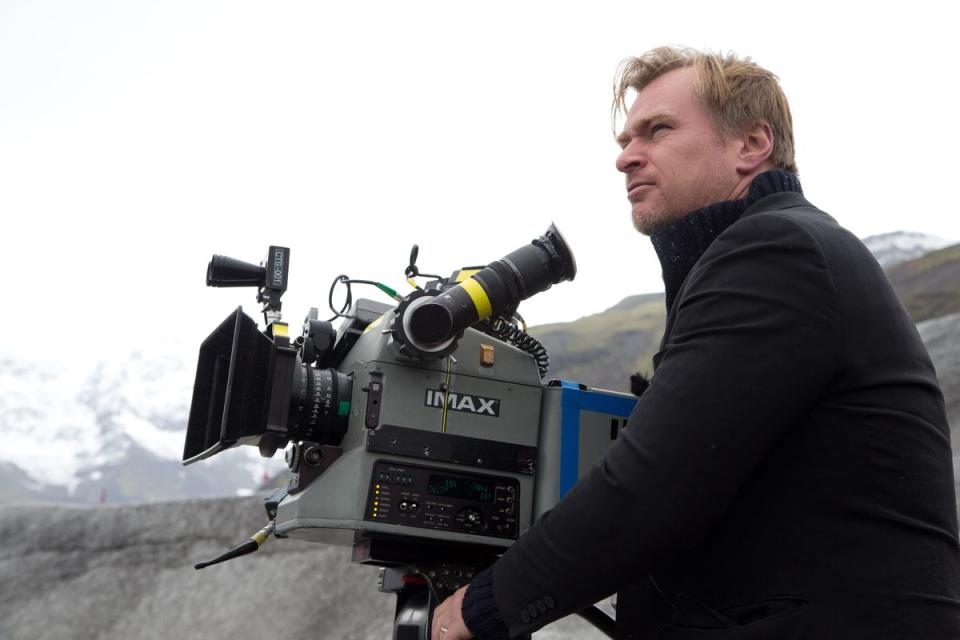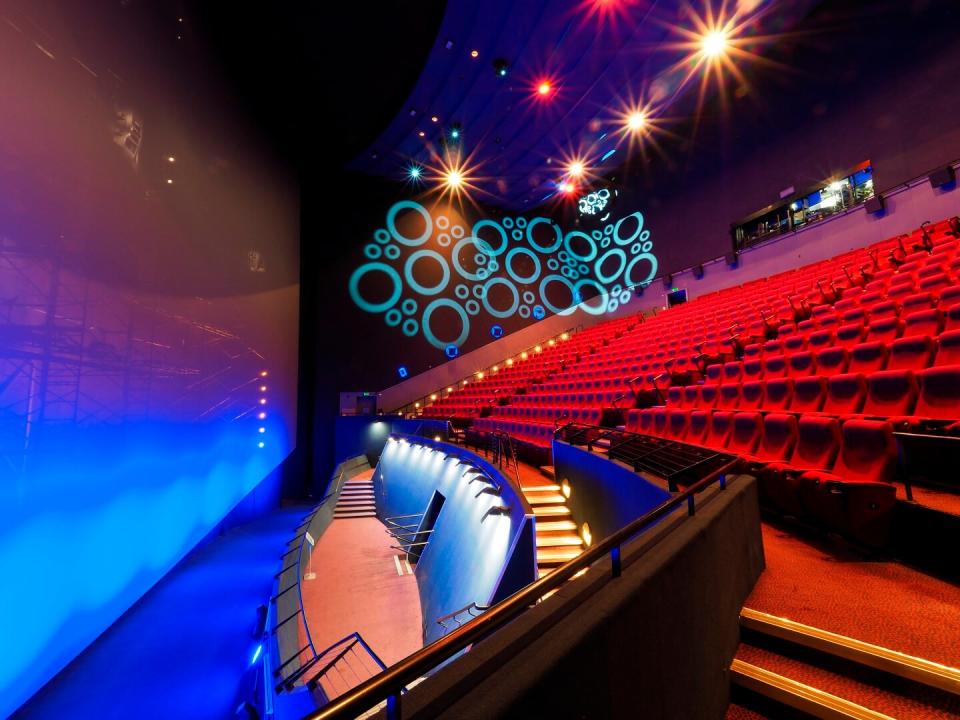How to watch Dunkirk in 70mm in the UK and what that actually means

We’re just over two weeks away from the UK release of Christopher Nolanʼs ‘Dunkirk’ on 21 July, with tickets due to go on sale tomorrow (Friday 7 July) online and at UK cinemas.
As with ‘The Dark Knight’, ‘The Dark Knight Rises’ and ‘Interstellar’, Nolan filmed much of the WWII action thriller (reportedly 75%) with IMAX film cameras – still said to be the highest-resolution film cameras in the world – and followed in the footsteps of modern directors such as Paul Thomas Anderson and Quentin Tarantino by shooting the non-IMAX portions of the film on 65mm cameras.
But the question is: with most cinemas in the UK and across the world now showing films digitally at a resolution just slightly higher than your HD TV, is this all worth it?

For those unfamiliar of the intricacies of the 65mm and IMAX film capture formats: the former was very popular in the second half of the 20th century, before the rise of the multiplex. Grand-scale epics such as ‘2001: A Space Odyssey’, ‘Ben-Hur’, ‘The Sound of Music’, ‘Lawrence of Arabia’, and many others were filmed, as well as shown theatrically, in the format.
According to Paramount’s format guide released for Nolanʼs ‘Interstellar’ (Warner Bros. distributed the film in the UK), 70mm film projection ‘offers brighter, clearer image, with three times the resolution of standard projection formatsʼ.

In the late 1960s, IMAX developed their high-resolution film format – running the 70mm film stock horizontally instead of vertically and utilising a taller aspect ratio of 1.43:1 – which, while close to the older pre-widescreen era 4:3 aspect ratio, is perceived to be taller and bigger than regular wide screens when shown at IMAXʼs giant purpose-built venues.
IMAX has at the time mostly specialised in using its own cameras, which are still said to be unmatched in the digital realm, for documentaries. It wasn’t until Nolanʼs ‘The Dark Knight’ in 2008 that these cameras became popular for Hollywood films.
To take advantage of the way ‘Dunkirk’ was filmed, Warner Bros. is rolling out what is said to be the widest 70mm film release in 25 years: with 100 cinemas in the U.S. and Canada presenting Nolanʼs latest on 70mm film and 31 on IMAX film. Outside of North America, the number of these venues is much more scattershot. In the UK and Ireland, there are six venues that are currently confirmed to be showing Dunkirk in Nolanʼs preferred formats.
The (hopefully) final version of the #Dunkirk format guide. See it on 70mm IMAX film if possible. pic.twitter.com/L85SX3UoMH
— Anton Volkov (@antovolk) July 16, 2017
Three of the largest purpose-built ‘classic designʼ IMAX venues in the country – the BFI IMAX and the Science Museum IMAX in London, as well as the Vue Printworks IMAX in Manchester – will show ‘Dunkirk’ on IMAX 70mm, with 75% of the film’s running time filling these huge 1.43:1 aspect ratio screens from top to bottom.
Due to the limited amount of such prints available for the UK, other purpose-built and film-capable IMAX venues such as the Bradford Media Museum will be presenting the film digitally on their Xenon system without filling the full screen: the same way as the widespread multiplex IMAXs, that have previously been the cause of much controversy.
There are also two state-of-the-art IMAX venues with laser projection – Cineworld Leicester Square in London and Cineworld Sheffield – which might not be as tall as the venues showing Dunkirk on celluloid, both sporting 1.90:1 aspect ratio screens more commonly associated with Xenon venues, but are still some of the largest in the country, with the London venue as wide as the BFI IMAX (both 26m wide).

If IMAX isnʼt your thing, the Odeon Leicester Square (which is hosting the filmʼs world premiere next Thursday) is set to be the only venue in Lodnon to show it in 70mm film at first – they previously showed ‘Interstellar’, ‘The Hateful Eight’ and ‘Batman v Superman: Dawn of Justice’ in the format.
In Cambridge, the Arts Picturehouse will show a 70mm print, the Filmhouse in Edinburgh will also show it in the format; and if you are in Ireland, the Irish Film Institute in Dublin will also present screenings from a 70mm print. You may lose out on the immense full image of the IMAX 70mm presentation (these presentations, as well as other non-IMAX shows, will crop the IMAX footage to a constant widescreen aspect ratio of 2.20:1), but the clarity of the large-format analogue presentation of a film shot that way entirely is a sight to behold on the countryʼs biggest screens.

There are also several venues showing the film on 35mm film and, of course, come August and September itʼs likely the 70mm prints will move to other venues with the capability such as the Picturehouse Central.
Other non-IMAX venues in the UK are set to show the film in regular digital formats, with 4K in some venues.
In a statement timed to tickets going on sale in 70mm venues in the U.S., Christopher Nolan said “[the] immersive quality of the [70mm] image is second to none, drawing the audience into the action in the most intense way possible.”
It certainly sounds like 70mm IMAX and 70mm film are the ultimate ways to check out Nolanʼs latest – and luckily in the UK, we will have cinemas providing that unparalleled experience.
Tickets for ‘Dunkirk’ in all formats are set to go on sale across most UK venues tomorrow.
Watch the latest ‘Dunkirk’ trailer below…
Read more
Behind-the-scenes at the BFI IMAX
The Batman director praises Nolan
The Last Jedi scenes shot in IMAX

 Yahoo Movies
Yahoo Movies 

